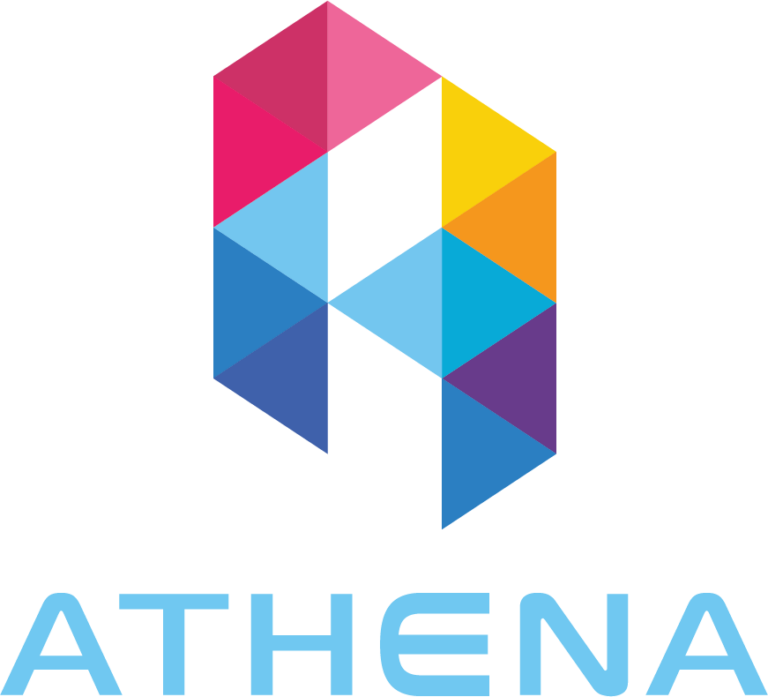Exploring CRM Essentials for Forex Brokers: A Key to Client Retention
In the competitive Forex market, client retention is just as vital as client acquisition. A robust Customer Relationship Management (CRM) system tailored for Forex brokers is a game-changer, enabling personalized interactions, streamlined operations, and enhanced client loyalty. This article delves into the essentials of a Forex-specific CRM, its role in client retention, and how it empowers brokers to stay ahead in a demanding industry.
Why CRM is Crucial for Forex Brokers
The Forex market operates 24/5, with traders demanding seamless service and instant responses. A CRM system acts as the backbone for managing client relationships, offering:
- Centralized Data Management: Consolidates client information for easy access.
- Automation: Streamlines processes like onboarding and communication.
- Insightful Analytics: Provides data-driven insights to enhance client engagement.
For brokers, a well-integrated CRM isn’t just a tool—it’s a strategic asset for retaining clients in a competitive landscape.
Key Features of a Forex CRM
1. Seamless Client Onboarding
The onboarding process is the first touchpoint for traders. A good CRM simplifies this with:
- Automated KYC Verification: Speeds up identity checks.
- Intuitive Interfaces: Guides clients through account setup effortlessly.
- Welcome Campaigns: Personalized emails or tutorials for new users.
2. Integrated Trading Platform
A Forex CRM must seamlessly connect with trading platforms like MT4, MT5, or cTrader.
Benefits:
- Access to live trading data for personalized insights.
- Automated trade tracking for better client understanding.
- Simplified account management for both clients and brokers.
3. Real-Time Communication Tools
Efficient communication is critical for retaining clients. CRMs with integrated tools like live chat, email, and push notifications ensure:
- Instant query resolution.
- Timely updates on market trends or account activity.
4. Multi-Language Support
With Forex trading being a global business, multi-language support caters to clients from diverse regions, enhancing inclusivity and satisfaction.
5. Performance Tracking and Analytics
Advanced analytics help brokers monitor client activity and identify trends.
Key Metrics:
- Trading frequency and volume.
- Client lifetime value (CLV).
- Churn rates and re-engagement opportunities.
How Forex CRMs Drive Client Retention
1. Personalized Interactions
CRMs use client data to craft tailored communications, such as:
- Market Updates: Alerts based on trading preferences.
- Custom Recommendations: Suggested tools or strategies aligned with client goals.
2. Proactive Support
Automated workflows help brokers address issues before they escalate.
Example: If a client hasn’t traded recently, the CRM can trigger a follow-up email or offer an incentive to re-engage them.
3. Loyalty Programs
CRMs enable brokers to implement reward systems for loyal clients, boosting retention.
Examples:
- Tiered benefits for high-frequency traders.
- Cashback offers for achieving milestones.
The Role of Automation
Automation in Forex CRMs reduces manual workloads and enhances efficiency.
Applications:
- Lead Management: Automatically qualify and assign leads to sales teams.
- Reporting: Generate detailed performance reports with a single click.
- Account Notifications: Send alerts for low balances, withdrawal requests, or market shifts.
Impact: Brokers can focus on high-value tasks while the CRM handles routine operations.
Benefits of a Forex CRM
1. Improved Client Experience
CRMs streamline client interactions, making them faster, more efficient, and highly personalized.
2. Increased Retention Rates
With features like proactive communication and loyalty programs, CRMs foster long-term relationships with clients.
3. Enhanced Operational Efficiency
Automation and centralized data reduce administrative overheads, allowing brokers to scale their operations effectively.
4. Data-Driven Decision Making
Analytics provide actionable insights, enabling brokers to refine their strategies for better client engagement and retention.
Case Study: CRM Success in Forex Brokerage
Scenario: A Forex brokerage faced challenges with client churn and low trading activity.
Solution: Implemented a Forex-specific CRM with automated onboarding, real-time analytics, and personalized communications.
Results:
- Retention Rate: Increased by 40% within six months.
- Trading Activity: Average trades per client rose by 30%.
- Client Satisfaction: Survey scores improved by 25%.
Choosing the Right CRM for Your Brokerage
When selecting a CRM, consider the following:
- Integration Capabilities: Ensure it integrates with your trading platforms and payment systems.
- Customization Options: Look for a CRM that adapts to your brokerage’s unique needs.
- Scalability: Choose a system that can grow with your business.
- User-Friendliness: Prioritize intuitive interfaces for both brokers and clients.
The Future of Forex CRMs
1. AI-Driven Insights
AI-powered CRMs will predict client behavior, enabling brokers to offer hyper-personalized experiences.
2. Blockchain Integration
Blockchain will enhance transparency in CRM operations, such as tracking rewards or verifying KYC data.
3. Increased Automation
Future CRMs will further reduce manual tasks, offering end-to-end automation for client lifecycle management.


